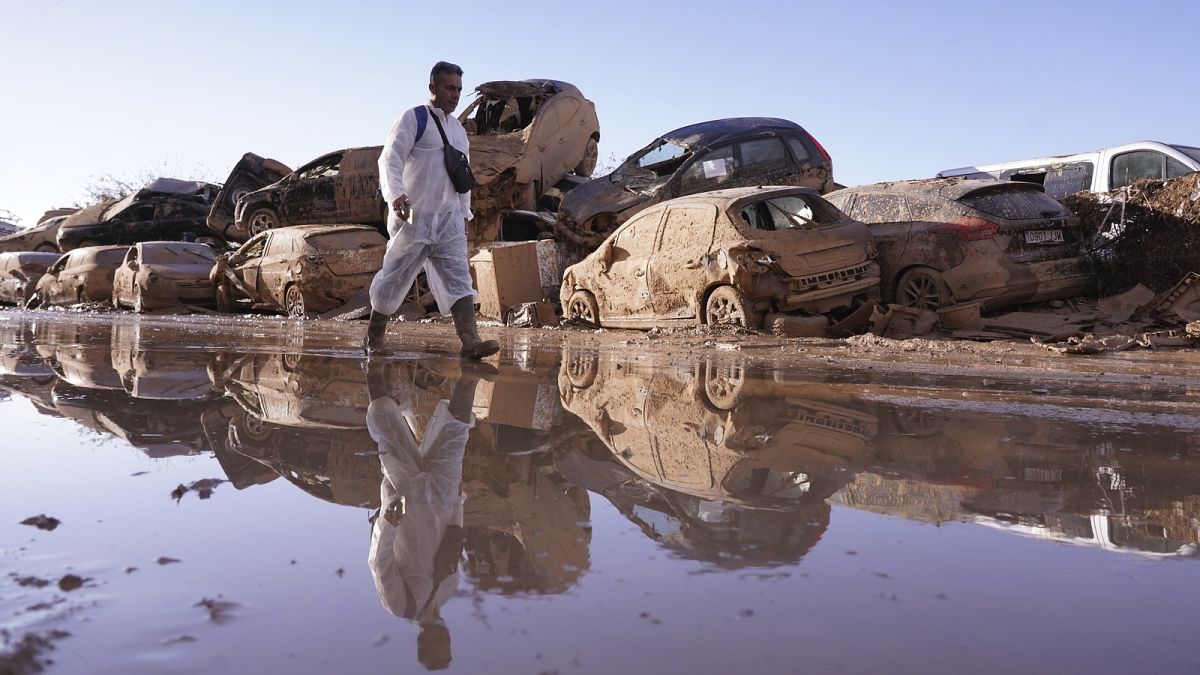Tesla shares surge on hopes for self-driving rules relaxation

Tesla may soon overcome a critical regulatory hurdle for its autonomous driving system, with Elon Musk’s support for Donald Trump appearing to pay off. If the electric carmaker’s Robotaxi services receive regulatory approval, it could usher in another phase of meteoric growth for the company.
Tesla shares climbed more than 5% on Monday following a Bloomberg report that President-elect Donald Trump’s transition team plans to prioritise establishing a new federal framework for self-driving car regulation at the Transportation Department.
The proposed rules could significantly benefit Tesla, whose ambitions for autonomous ride-hailing services represent a critical next step in the company’s growth strategy. Elon Musk, a staunch supporter of Trump during his campaign, has tied Tesla’s future to its Full Self-Driving (FSD) technology and Robotaxi business.
Tesla’s market capitalisation has surged past $1tn (€0.94tn) since Trump’s election victory, with shares soaring 37% since election day and rallying 29% year-to-date. Before the election, Tesla had been the weakest performer among the “Magnificent Seven” US tech giants.
From EVs to AVs
Elon Musk, who became Tesla’s CEO in 2008, is widely credited with kickstarting the electric vehicle revolution. While Tesla experienced meteoric growth over the past decade, recent years have seen weakened global demand and intense competition from Chinese rivals, prompting the company to seek new avenues for growth.
At the “We, Robot” event in October, Musk unveiled Tesla’s Robotaxi, an autonomous Cybercab service with no steering wheels or pedals. The model, entirely reliant on cameras and artificial intelligence for navigation, is expected to cost less than €27,000 and operate with an average cost of €0.18 per mile. Musk outlined plans to launch the service in Texas and California, with expansion to other states by 2025, contingent on regulatory approval. Mass production of the Cybercab could begin as early as 2026.
Regulatory Challenges
Despite Musk’s ambitious vision, Tesla’s FSD system has faced scrutiny from regulators. In the United States, each car manufacturer can deploy up to 2,500 self-driving vehicles per year under exemptions granted by the National Highway Traffic Safety Administration (NHTSA).
Last month, the NHTSA launched a probe into Tesla following a fatal incident involving a pedestrian and a driver using Tesla’s FSD system, which still requires driver monitoring. Tesla’s fully autonomous models, which lack steering wheels and pedals, are expected to encounter significant regulatory hurdles.
Under Trump’s administration, the Transportation Department may introduce relaxed rules for autonomous vehicles, potentially removing obstacles for Tesla’s innovative technology. However, bipartisan approval in Congress will be necessary to pass any new framework, suggesting that regulatory challenges could persist in the near term. Clearing these hurdles would mark a significant milestone for Tesla, facilitating its transition from electric vehicles (EVs) to autonomous vehicles (AVs).
The EU Framework for Self-Driving Cars
A regulatory breakthrough in the US could prompt other regions to accelerate their adoption of autonomous driving regulations. In the European Union, Germany has taken a leadership role by developing level 3 and level 4 frameworks for autonomous driving. The EU has aligned its approach with Germany’s, implementing similar regulatory standards to govern these advanced technologies.
Level 3 vehicles, which require a safety driver, are already permitted on public roads, while level 4 vehicles, allowing remote control with minimal human intervention, are expected by 2025. Musk plans to introduce Tesla’s FSD cars with assistance features in Europe and China in early 2025, aligning with the EU’s regulatory timeline.
Progress in China
China, a key market for Tesla, has been rapidly advancing its regulatory framework for autonomous vehicles. According to S&P Global, the Chinese government has selected 20 cities to participate in a pilot programme for smart-connected vehicles, with projections of approximately 250,000 level 4 autonomous vehicles being sold for mobility services by 2034.
The regulatory advancements in the US, EU, and China signify growing global momentum towards autonomous driving. If Tesla successfully navigates these frameworks, its ambitious Robotaxi programme could redefine the company’s growth trajectory and reshape the global transportation industry.
World News || Latest News || U.S. News
Source link



